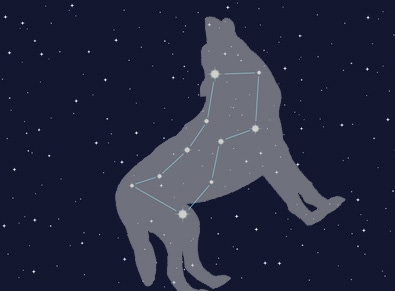
Head outside on an early summer evening, and you may just see a wolf. Learn more!
Read MoreFarmers’ Almanac astronomy provides the best times to view meteor showers, full moons, facts about planets and stars, plus more!

Head outside on an early summer evening, and you may just see a wolf. Learn more!
Read More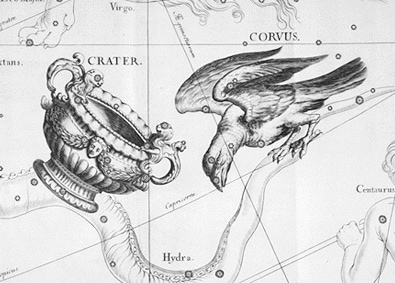
Look up in the sky at night, and you may just see a raven.
Read More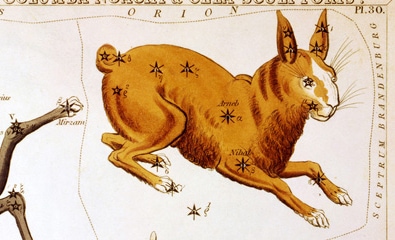
Look, up in the sky, it’s a bird, it’s a plane, it’s a …. rabbit?
Read More
March 13 marks the anniversary of the discovery of Uranus. Learn about the man responsible for expanding our understanding of our Solar System.
Read More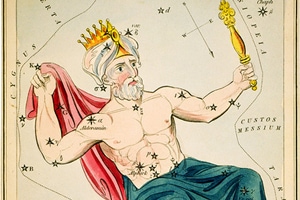
Learn about the facts and folklore surrounding the constellation Cepheus.
Read More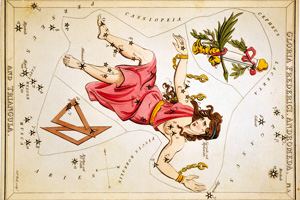
Meet Andromeda, an unlucky princess punished for her mother's vanity. Learn more!
Read More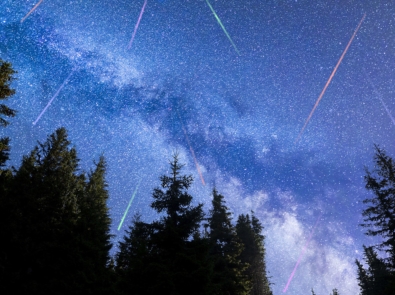
Love shooting stars? The annual Ursid meteor shower, or Ursids, peaks each year around the time of the Winter Solstice. Learn what to expect this year.
Read More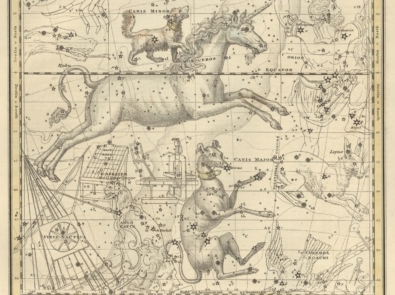
Even the ancient Greeks loved dogs. Learn about the two canines in the night sky.
Read More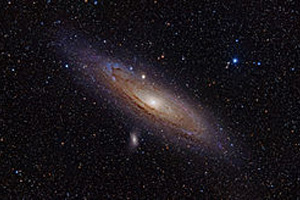
Learn about one of the farthest, and most fascinating, naked eye objects in the night sky.
Read More
Late autumn is the best time to view the constellation Perseus. Learn more!
Read More